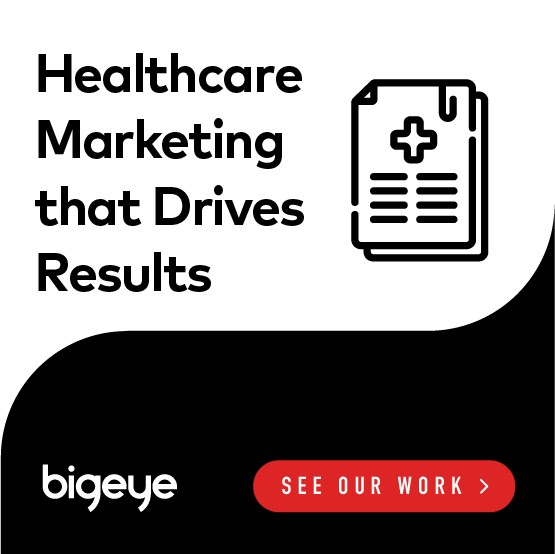
If you’re engaged in health and wellness marketing, you need to stay apprised of the latest trends. Here’s what’s happening in the health space.
Appetite-suppressing lollipops, goat yoga and the desire to replace every food with cauliflower — there’s no question that health and wellness trends are sometimes a bit over the top. Yet this industry also represents serious business, given that it is worth $4.2 trillion and growing at more than 12% annually. Companies in this space need to stay on top of evolving trends to ensure that they derive maximum value from their health and wellness marketing.
With that in mind, let’s take a closer look at what’s happening within the health and wellness space.
The Lowdown on Health and Wellness Trends
Why are people spending more money on their health, diet and general well-being? Technology plays a sizable role. Social media — and the trend toward optimizing each aspect of our lives — has created intense interest in self-improvement, as shown by the following trends:

- Growth in the wellness travel space. You’ve probably heard about culinary travel — now meet health and wellness-themed vacations. Instead of lying on a beach and sipping cocktails, more consumers are seeking health-focused holidays. The wellness travel space , which is worth $563 billion annually, encompasses everything from yoga retreats, to spas, healthy cooking holidays and spiritual retreats. Why are such excursions becoming so popular? Instead of gorging themselves on food and drink and returning to work heavy, groggy and out of sorts, consumers instead are using vacation time to pursue physically and mentally refreshing activities — and returning to work glowing, fit and ready to move full steam ahead.
- The line between wellness devices and medical devices has become increasingly blurred in recent years. Wearable technology now allows us to use connected consumer devices to collect actionable health data — heart rate, sleep quality and other key biometric feedback data. This data, which was once siloed inside consumer health apps, is now being ported directly to health care providers, allowing them to make more informed treatment decisions even at a distance. This trend has the potential to unlock vast efficiency and cost improvements in the medical sector. If patients begin to feel poorly at home, their physician can review their health data remotely and possibly make an assessment and diagnosis — something that might prevent an unnecessary trip to the ER or doctor’s office. Modern medical device marketing plays a critical role in helping educate the public about this trend and the brands that are driving it.
- The democratization of health and wellness. Like many new trends, health and wellness began gaining traction among wealthier demographics. Today, however, Goop subscribers and new age enthusiasts are no longer driving the health and wellness train. The cost of gym memberships has decreased, the App Economy has helped make physical training of all sorts more accessible and put digital health and wellness tools into the hands of almost anyone who needs them. This is a critically important development, as healthcare costs are outpacing economic growth in many countries. The WHO predicts that there will be a shortage of tens of millions of healthcare workers, so ancillary health and wellness services can help mitigate these gaps. Smart health and wellness marketing can also help reach and activate these audiences.
Finding the Right Healthcare Marketing Agency
If you’re seeking help with health and wellness marketing, it’s imperative to connect with the right agency. At BIGEYE, we have the domain expertise to create deeply authoritative campaigns and content — and the technological skill to execute them effectively.


